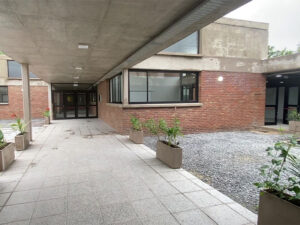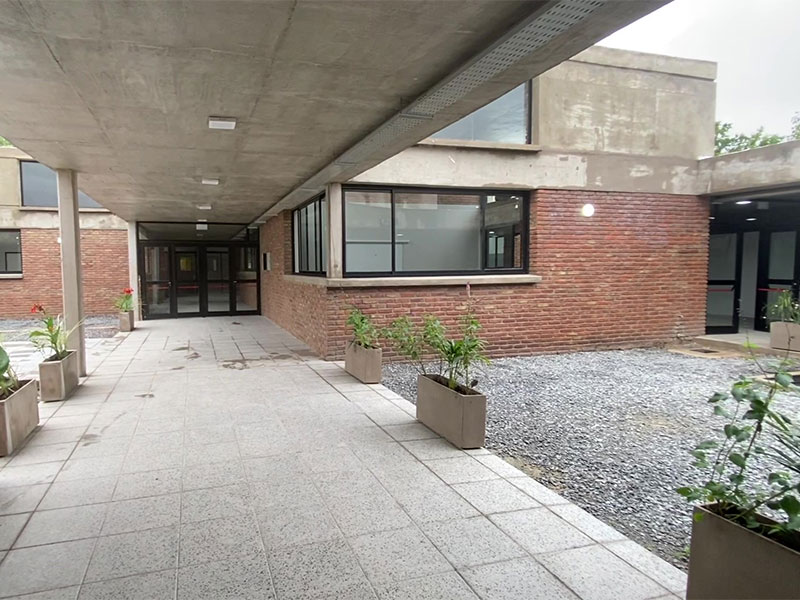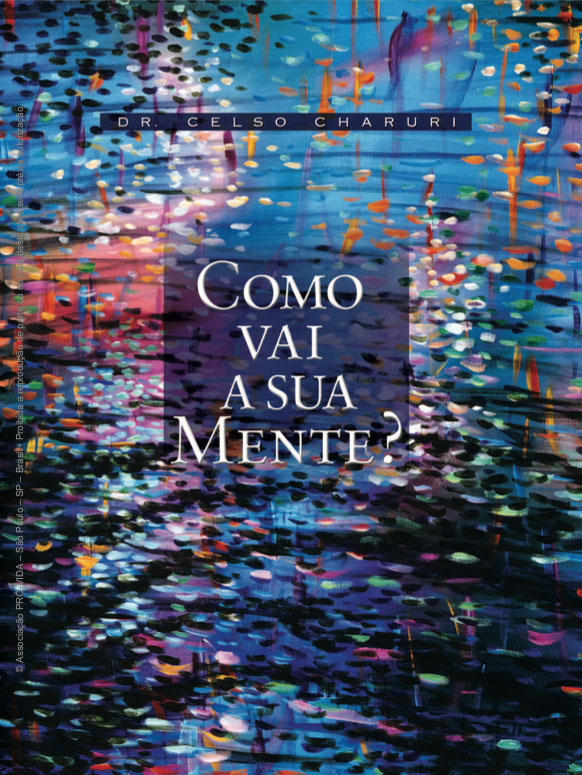Green Internet
Green Internet
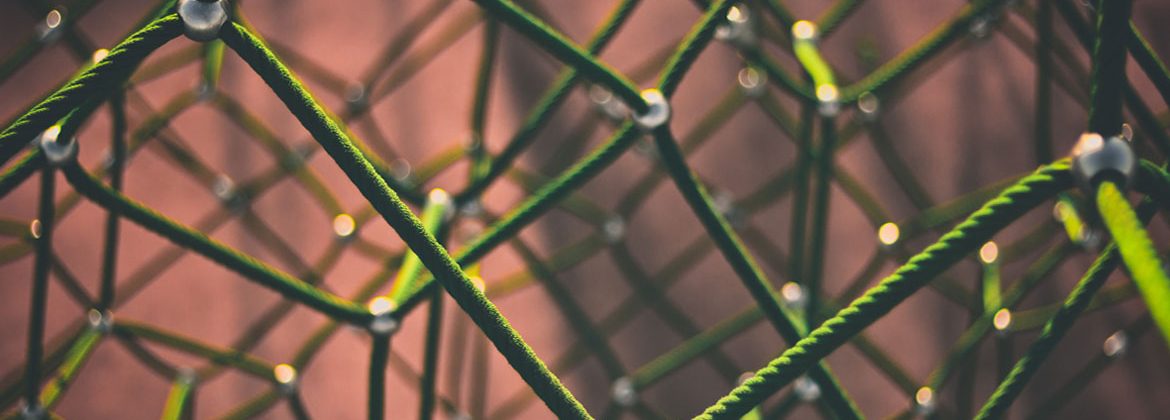
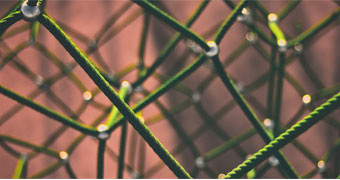
We live in a network. A net that links and connects us, in different ways, to all living beings. This connection occurs through electric, magnetic and chemical “bonds”. They are electrons, protons, neutrons that constantly manifest themselves as waves or particles. Even if we can’t see them, they exist and permeate everything and everyone.
It is difficult to maintain a classical sense of matter when we hear that we are constituted basically of atoms and void. Among these tiny particles there are spaces not filled by atoms. Thus, we are like a set of “dots” floating around, but joined, giving the idea of a body, of something compact, solid.
The same happens with tables, pens, rocks, sunflowers, cats, fish, butterflies.
Scientific works of the entire world are proving that the majority of living beings communicate in some form. This communication occurs in different ways, different from what a human knows best, which is speech.
Each of the kingdoms – mineral, vegetable and animal – expresses itself within the elements that are specific to their constitution and these manifestations are being better understood in recent decades.
An editorial success in the 1970s, the book The Secret Life of Plants provoked discussions within the scientific community and fascinated the public. The work presented studies on “intelligence” in plant species, that shows that plants release substances to fend off predators, occupy more space when there are competing species in the same ground, but they do not do this with other plants of their own species.
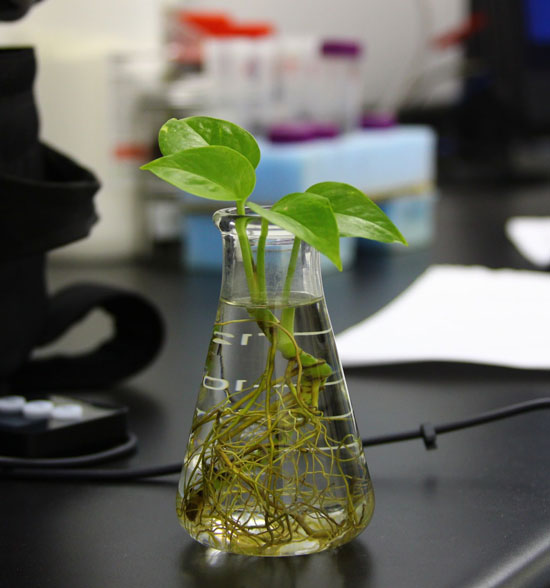
In the 1990s, University of Bonn scientists, in Germany, discovered that there is an area of the root, a transition zone, in which there are cells with actin and myosin, which are the same as the molecules that enable muscular activities in animals. These cells work in the same way as animal nerve connections, synapses. Scientists, then, started to converge on a theory that holds that at the root ends there is the principle of a nervous system, a neuronal network.
In 2009, a French documentary L’esprit des plantes (In the Mind of Plants), by director Jacques Mitsch, captured an interesting example of these aspects. The video portrays a phenomenon occurring with the kudus (antelope species) of South Africa, when there was a significant increase in the mortality of these animals.
Biologists worked with the hypothesis of parasites or poisoning. The real cause, however, surprised everyone: the acacia trees, the main source of food for these herbivores, had developed a self-preservation technique against the action of the kudus which triggered the production of tannin in its leaves, making it toxic. Example of the creation of a strategy for problem resolution and working in a net.
The perception of vegetable intelligence is not that new. Author of the evolution theory, Charles Darwin (1809 – 1882), already speculated on the existence of a “root-brain”, responsible for decision making on the absorption of nutrients and plant growth.
Most recent research proves that roots grow in conscious directions, avoiding competitors and helping themselves mutually, without command centers, with shared decisions. They work as sensory centers – as if they were a huge neurological system – to process environmental information (water, sunlight, presence of predators, etc.), such as the type of fungus with which they may associate themselves, nitrogen control, depending on the climate, and quality of the nutrients.
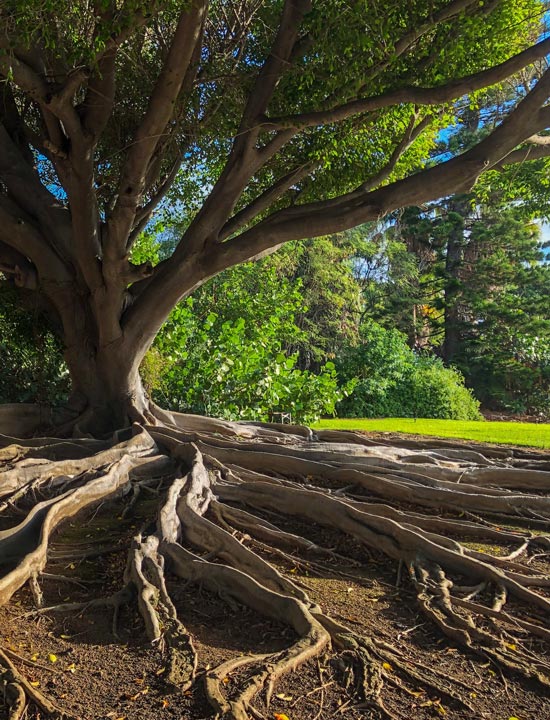
Plants feel, have memory, know how to count, recruit allies (especially micro-organisms, for the exchange of substances), “breastfeed” their seedlings, care for their elderly and ill, learn through biochemical and electrical processes that repeat themselves, record experiences and their results.
In view of such studies and findings, we perceive that plants already manifest the idea of cooperation, life in a community, the sense of collectivism and solidarity, through a perfect communication network.
Collaboration: Carmen Valeria de Andrade Barreto
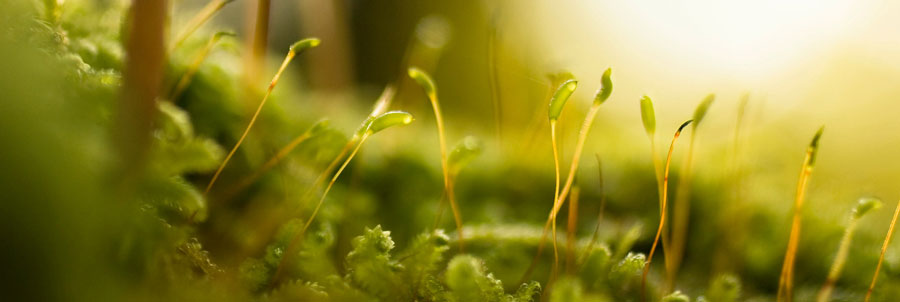
References:
TV Globo – Programa Globo Rural (janeiro/2020) – https://globoplay.globo.com/v/9166579/
Revista Superinteressante – https://super.abril.com.br/blog/oraculo/por-que-nossa-visao-e-restrita-as-cores-entre-o-vermelho-e-o-violeta/
BBB News – https://www.bbc.com/portuguese/internacional-44717447


